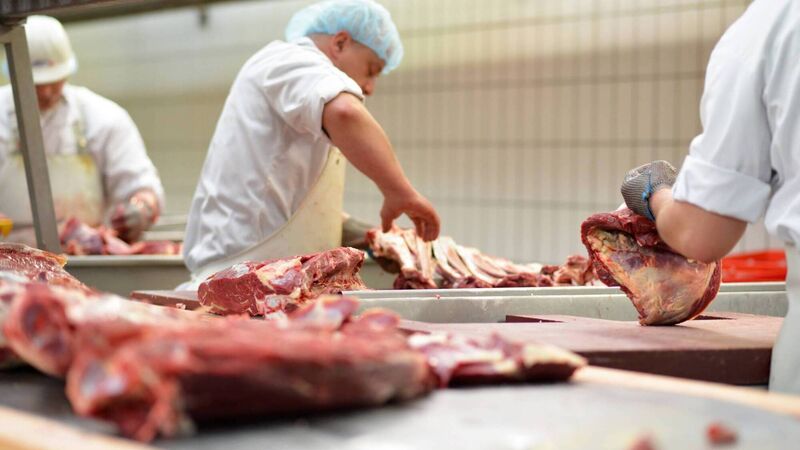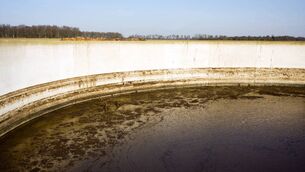Factory prices steady but perks tighten for beef producers

The largest weekly intake in more than six months has added to easing pressure on processors.
The quoted prices for prime beef animals at factories remain steady this week, but processors have tightened control on 'perks' and 'add-ons' to shave some of the 'cream' off producer returns and ease cattle intake costs.
The largest weekly intake in more than six months has added to easing pressure on processors.
While steer and heifer prices are holding steady, there is slight downward pressure on cow prices, which have been reduced by 5-10c/kg at some factories while intake remains strong, usual for this time of year.
The increased intake in recent weeks has helped ease pressure on factories at their busiest time of year. The build-up for the pre-Christmas trade is now under way and will continue for the next three weeks, requiring intake to hold up.
It is a similar picture for heifers, working on a base of 760c/kg with up to 770c/kg being paid for larger or higher-quality lots, but, like the steers, any 'extra' is harder to achieve this week.
There is some variation in cow prices, ranging from 730–740c/kg to reports of up to 750–755c/kg being available for R-grade, depending on individual factory requirements.
Young bulls are in good demand, with up to 760c/kg being paid for R-grade.
Angus and Hereford continue to lead the sector, with breed and quality assurance bonuses bringing returns to well above €8/kg for most suppliers.
Processors are operating on a tightrope policy — wanting intake to hold up but without additional costs, a delicate balance to achieve.
“The factory tactic appears aimed at killing any expectation that suppliers have that prices will continue to rise up to Christmas and that it would pay to hold back cattle. The factories are probably hoping that by tightening control now it will flush out supplies for the run-up to Christmas, because some finishers won't want the cost of holding cattle post-Christmas with uncertainty over any added benefit,” was one explanation this week.
Supply last week was the highest since April, at 31,382 head, marking the fourth consecutive week of increased intake at factories.
The supply included 12,912 steers, 9,301 heifers, 7,321 cows and 1,430 young bulls.










